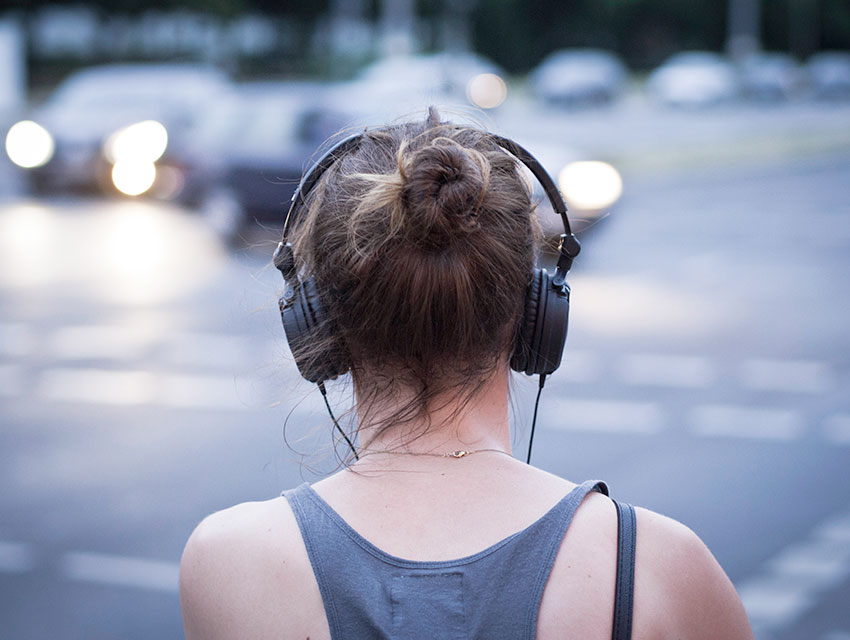Most people, when they think of the word ‘podcast’, think of audio. However, there are a growing number of podcasters who are using video as their main medium, with audio largely taking a backseat.
Is this something we need to embrace in the future? Or is it okay to be an audio traditionalist?
In recent months Spotify has branched out into video podcasting through its Anchor platform, giving creators options beyond YouTube. This has sparked further debate within the industry about whether video is going to become an essential part of podcast consumption.
Call me old-fashioned, but I don’t think it will
There are certainly a lot of successful and popular video podcasts out there, and good luck to them. If having a visual element helps people engage with the content, or is key to getting your story across, that can only be a good thing. But when it comes to a straightforward panel or interview show, does video really add anything to the experience that audio alone wouldn’t be able to offer? I may be biased, but there is something special about audio storytelling. For years, people have been predicting the demise of radio drama (especially when television first began to increase in popularity). Yet it’s still going strong in many parts of the world, and now we have fiction podcasts too. Audio-only stories have never been more popular.
That being said, the word ‘video’ is appearing in more and more podcast producer job adverts. But I can’t help thinking that, by requiring video editing skills from applicants, employers might potentially miss out on hiring a great audio producer who doesn’t necessarily have those additional skills. If video is your main area, then fine — but if you’re primarily making audio podcasts, with video as bonus content, then it could be an issue.
I recently discussed this subject with a client. She was of the opinion that audio is far more important than video when it comes to podcasting, not least because of how easy it is to listen while engaging in other activities like running, going to the gym, cooking or tidying the house. So many of us schedule our podcast listening time during such activities, not to mention morning and evening commutes or even winding down before bed (when the last thing we might want to do is stare at a screen). Sometimes we just want to close our eyes and shut out the rest of the world, relying on only our ears.
One downside of focusing on video is that — not always, but often — sound quality is compromised. I’ve seen podcasters turn what was originally a Facebook or Instagram Livestream into an audio file, and that’s where you really notice the shortcomings. As a college lecturer of mine used to say: an audience will be more likely to forgive poor video with great audio than great video with poor audio. Wherever possible, it’s always better to record remote interviews through dedicated platforms (like Riverside or Zencastr, for example) which allow you to get the best possible audio quality and take advantage of separate tracks (you can use these for video too, so there really are no excuses!).
Video podcasts look like they’re here to stay, so it’s a debate that will go on and on. But ultimately, for most audiences, I think audio will remain the go-to.
